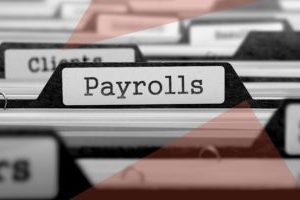Understanding your payslip seems simple enough. You just look at the number at the bottom and see how much you earn. But there is more to your payslip than the money you take home.
Your payslip is a vital document that contains important information that can help you manage your personal finances. From an employer’s perspective, there is a legal requirement to produce a payslip for every employee, detailing specific information.
For employees, payslips are useful for a number of reasons. It is a legal document and proof of your salary and employment. If you wish to apply for a bank loan, or other type of borrowing, it is compulsory to demonstrate your earnings to support your application. Payslips are the most trusted and easiest way to do this.
A payslip also includes a breakdown of your salary. This is very useful when calculating your monthly and yearly budget. Just because you earn, say, £30,000 a year, it doesn’t mean to take home £30,000 a year. Your payslip will explain why, which will help you get a realistic picture you your finances.
This guide explains payslips in full. Discover what the abbreviations mean, why you are getting pay deducted and how long you should keep your payslips for.




